Aviation Uniforms
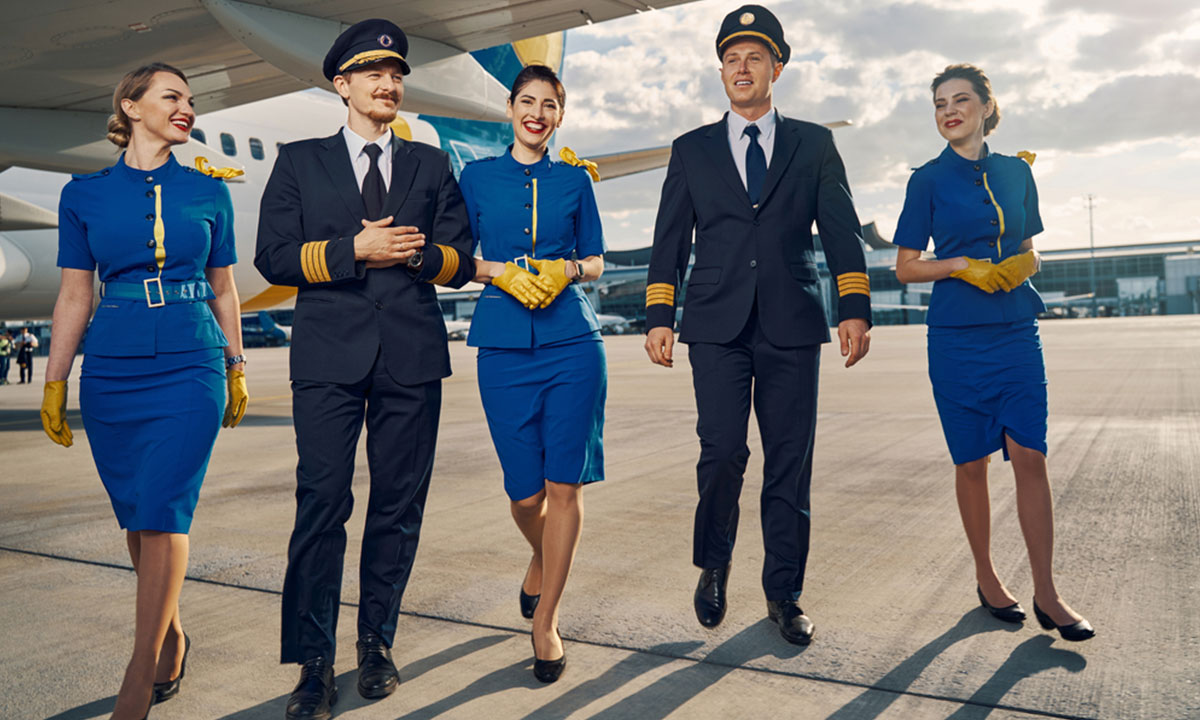
Aviation Uniforms

First Impressions Matter: In aviation, professionalism is key. Uniforms help create an immediate impression of competence, reliability, and authority. Pilots, flight attendants, and ground crew members are often the first point of contact for passengers, so wearing a well-designed uniform enhances trust and conveys expertise.
Authority and Confidence: Aviation uniforms, especially those worn by pilots and crew members, convey authority. This can help passengers feel more confident and secure. Knowing that the staff is properly dressed and uniformed instills trust in the airline’s ability to provide safe and reliable service.
Branding and Identity

Brand Representation: Aviation uniforms are a key part of an airline’s branding strategy. They reflect the airline’s image, style, and values. Through specific color schemes, logos, and design elements, uniforms can make the airline instantly recognizable to passengers. They create a consistent and cohesive brand identity that aligns with the overall service and experience.
Consistency Across the Airline: Uniforms help maintain consistency in how the airline is perceived by passengers. Whether it’s the same colors or a distinctive design across the uniform, it helps reinforce the company’s corporate image and message.
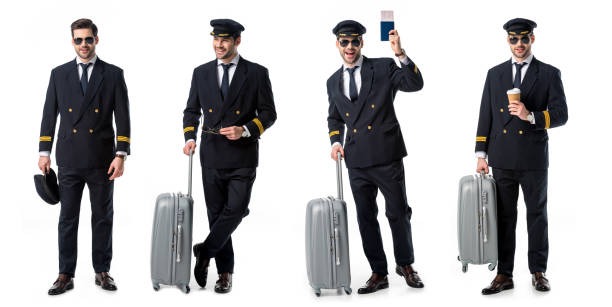
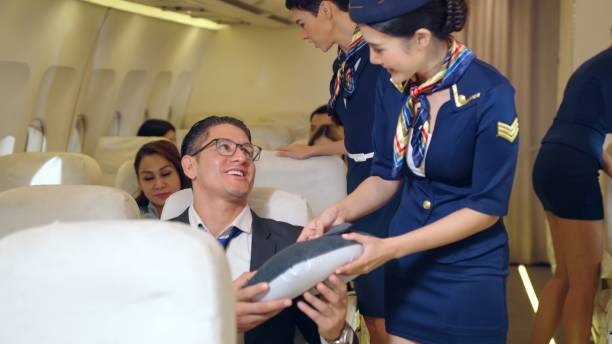
Passenger Comfort and Experience

Clear Identification: For passengers, identifying the right person to approach for assistance is crucial, especially in an airport or during a flight. Aviation uniforms ensure that flight attendants, pilots, and other staff are easily recognizable, improving the overall passenger experience. This clarity helps in emergencies and day-to-day service interactions.
Sense of Security: Passengers tend to feel more secure when they see that aviation professionals are well-dressed in uniforms, as it reinforces the notion that they are dealing with trained and qualified personnel. The uniform communicates that the staff is prepared for their roles and responsibilities.
Safety and Functionality

Practical Design Features: Aviation uniforms are often designed with specific functions in mind. For example, pilots’ uniforms include practical elements such as epaulets (which indicate rank), ensuring easy identification of seniority in emergency situations. Flight attendants’ uniforms are designed to be functional and comfortable for long hours of service while also accommodating emergency procedures.
Weather-Appropriate Gear: In many aviation roles, such as ground crew or baggage handlers, uniforms are designed to provide protection from the elements. This includes weather-resistant materials for outdoor staff who work in various climates, ensuring safety and comfort.
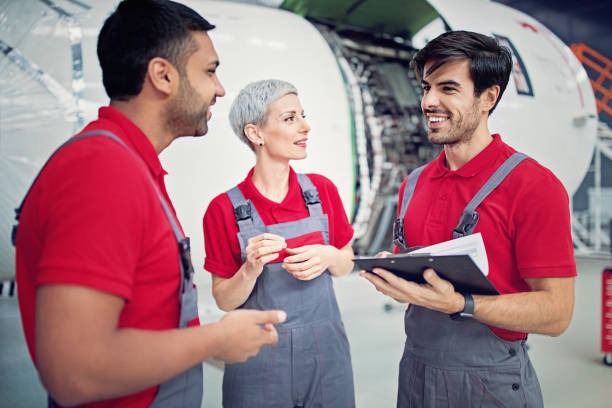
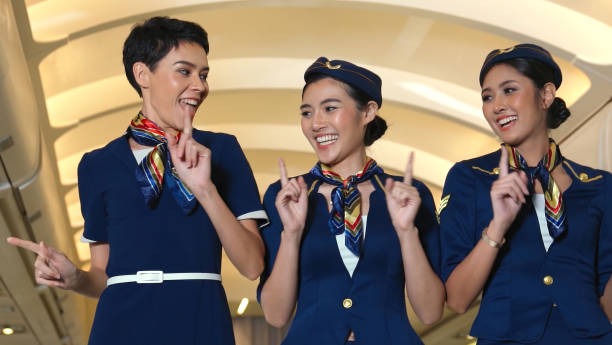
Uniformity and Equality

Fostering Teamwork: Wearing the same uniform promotes a sense of unity among aviation staff. It encourages teamwork and reinforces that all members of the airline are part of a collective goal of providing safe and excellent service. Uniforms help break down barriers by focusing on the shared purpose rather than personal style or status.
Eliminating Social Barriers: Uniforms help level the playing field by reducing distinctions between employees based on socio-economic backgrounds or personal fashion choices. This creates an environment of equality, where everyone is focused on their role rather than their appearance.
Security and Identification

Enhanced Security: In aviation, security is a top priority. Uniforms help ensure that only authorized personnel are allowed access to restricted areas. Airports and airlines often have strict security protocols, and having staff in recognizable uniforms makes it easier to spot anyone who should not be in certain areas.
Clear Distinction between Staff and Passengers: Aviation uniforms clearly distinguish staff from passengers. This is especially important in large airports or during emergencies, as uniformed personnel are easily identifiable, helping streamline operations and improve passenger safety.
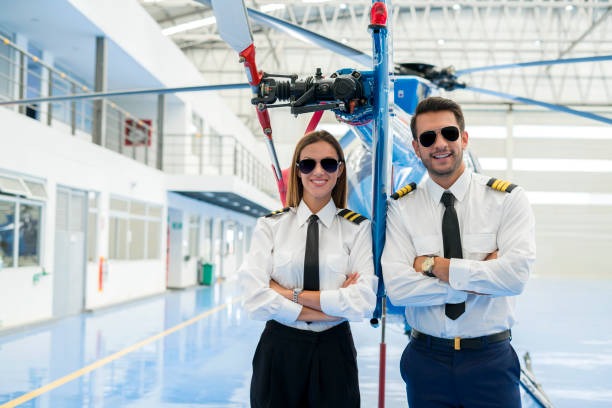
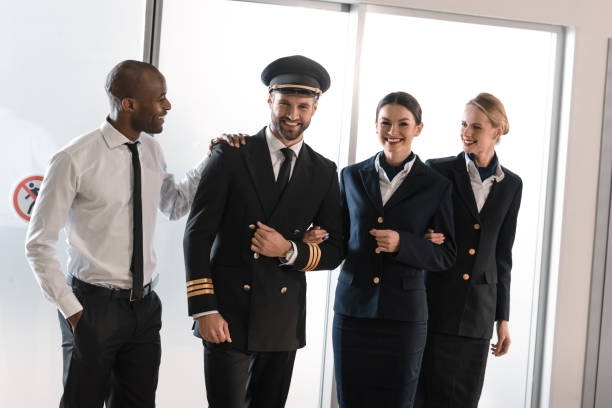
Cultural Significance

Reflecting Airline Culture: The design of aviation uniforms can reflect the cultural and historical background of the airline and its home country. Uniforms can incorporate national symbols, colors, and patterns that represent the heritage and values of the airline, fostering a sense of pride in both staff and passengers.
Tradition and Legacy: Many airlines maintain traditional uniform styles that date back decades. These uniforms become symbolic of the airline’s history and legacy, creating a strong emotional connection between passengers, employees, and the airline.
Enhancing Customer Service

Improved Service Quality: Uniforms help aviation staff present a professional, approachable, and organized image, which can influence how passengers perceive service quality. When employees are dressed well, it can lead to higher expectations and satisfaction with the service.
Cohesion and Coordination: Uniforms allow passengers to recognize not only specific roles but also departments. For example, a flight attendant’s uniform may distinguish them from the ground crew or pilot, helping passengers understand who to approach for particular needs or questions.
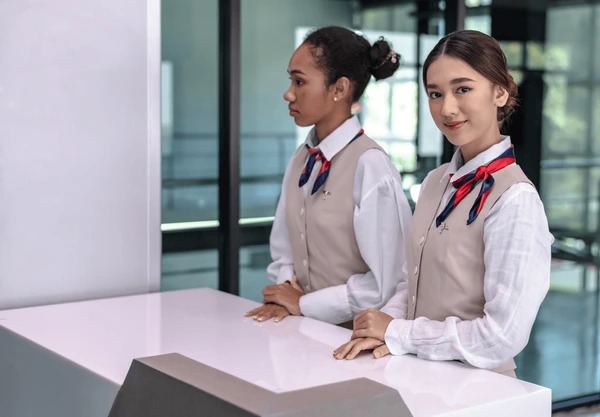
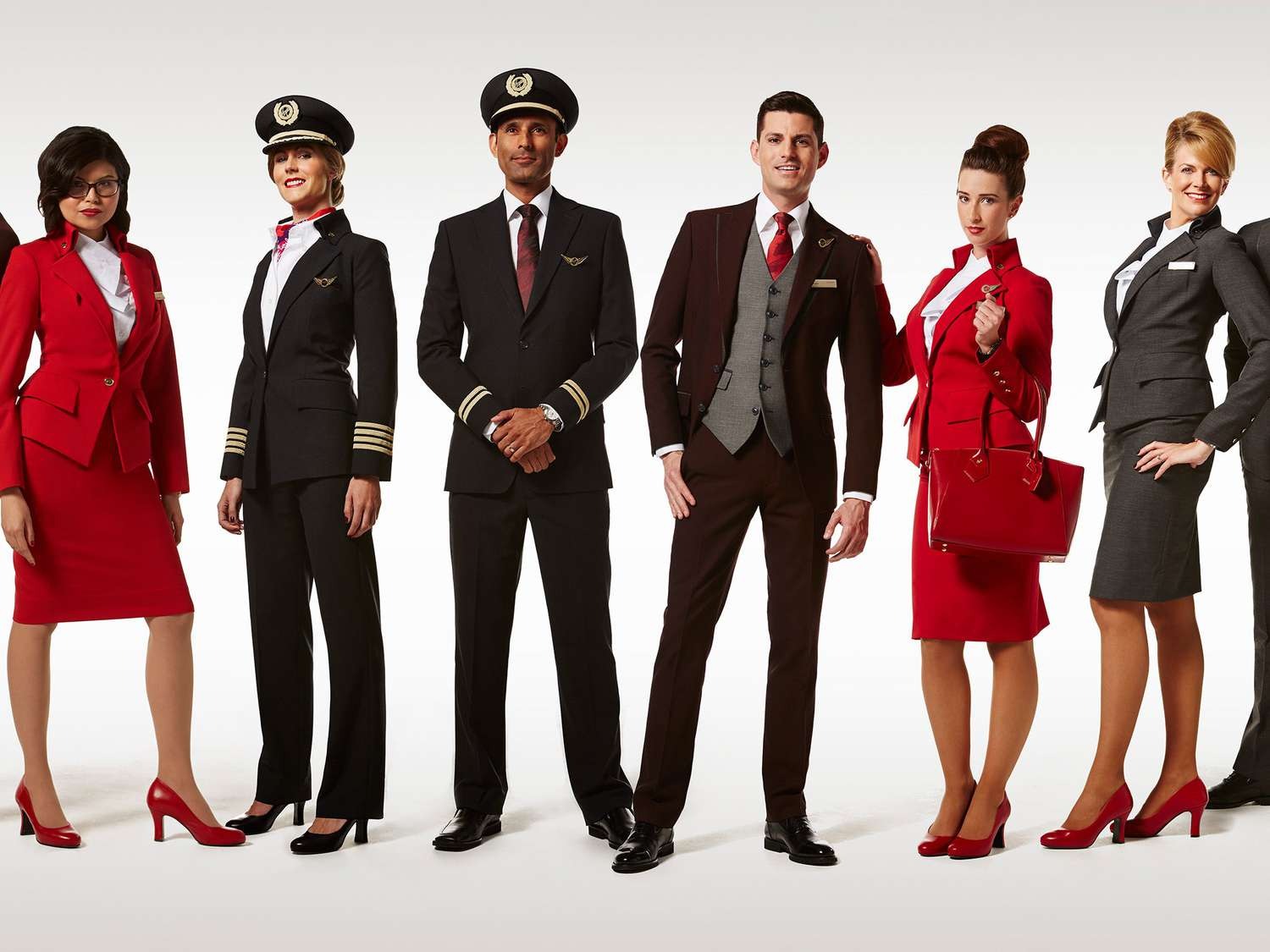
Employee Morale and Pride

Employee Satisfaction: Wearing a uniform that represents the airline’s values and professional image can foster a sense of pride and belonging among employees. It can also create a feeling of camaraderie and team spirit, contributing to higher morale.
Boosting Professional Identity: For aviation professionals, wearing a uniform helps reinforce their professional identity. It can be a source of pride, as employees recognize that they are part of a respected organization that values professionalism and presentation.
